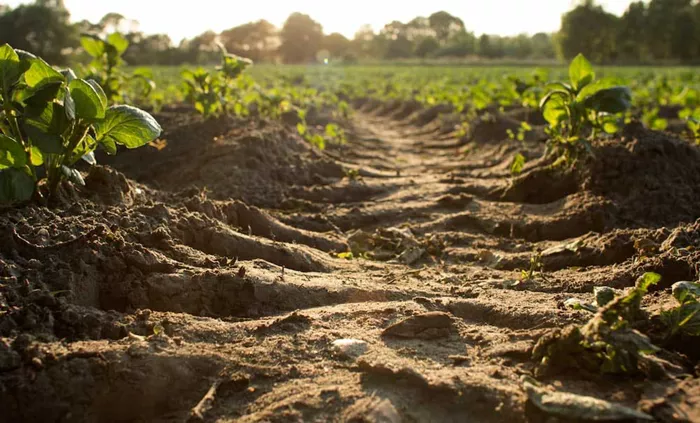A beautiful, thriving garden is the ultimate reward for any gardener, but creating it takes effort and patience.
From preparing the soil to choosing the right plants and spacing them just right, gardening involves several important steps. One of the most crucial yet often overlooked aspects is the quality of your soil. Among the many soil-related questions you’ll come across, one that’s sure to come up again and again is whether or not your soil drains well.
Soil drainage is essential to plant health, and if you’re unsure whether your soil is draining properly, you’re not alone. Gardening experts Angela Judd and Vandana Koranne explain how to tell if your soil drains well and share their tips for maintaining healthy soil.
Angela Judd, the founder of Growing in the Garden, explains that well-draining soil quickly absorbs water but lets excess water drain away at a proper pace. “Well-draining soil leaves air pockets between soil particles,” she says, “and these pockets prevent roots from sitting in water, which helps avoid problems like root rot and nutrient lockup.”
Vandana Koranne, the founder of Humans Who Grow Food, shares that soil with poor drainage can lead to yellowing leaves and slow plant growth, as the roots cannot absorb enough oxygen. But how do you know if your soil is draining properly or if you have a drainage problem?
Signs of Well-Draining Soil
Well-draining soil keeps plants healthy by allowing water to pass through it quickly, preventing waterlogged roots. Judd explains that well-draining soil will leave plant leaves green and full, the surface will look dry after regular watering, and you’ll see new growth. If the soil isn’t draining well, you might notice a sour smell around the roots, the presence of fungus gnats, or even a sudden drop in leaf production.
If you’re unsure whether your soil drains properly, Judd suggests a simple test: Dig a hole, fill it with water, and let it drain. Refill the hole, and if the second filling drains within an hour, your soil is likely well-draining. If it doesn’t drain properly, don’t worry—you can still fix it.
Improving Your Soil’s Drainage
If your soil needs improvement, Koranne recommends adding nutrient-rich compost, shredded leaves, or aged manure to help with drainage. You can also chop plant waste at the end of the season and mix it back into the soil for added nutrients. These additions will help break up compacted soil and improve water flow.
Maintaining Proper Soil Drainage
The key to maintaining good drainage is to avoid overwatering your plants. Overwatering can prevent the soil from draining properly, leading to problems like root rot and stunted growth. Judd advises, “As gardeners, we often overwater because we think we’re helping, but sometimes loving your plants too much can cause problems. Check the soil before you water and let it tell you when it needs moisture.” If your plants aren’t thriving, poor drainage may be the issue—not a lack of water.
Additionally, keep an eye on your plants as they grow. Regularly prune leaves near the base to prevent pests and diseases. Harvesting ripe vegetables or cutting flowers for bouquets will also encourage healthy growth. Gardening is a constant learning process, and Koranne reminds gardeners that mistakes are part of the journey.
“Over the years, we’ve transformed our garden from a small urban lot with just a few veggie pots to a space full of edible plants and pollinator-friendly flowers,” she shares. “We continue to learn and adapt our gardening practices as we go.”
With these tips, you can create a thriving, well-drained garden that will flourish year after year. Happy gardening!


